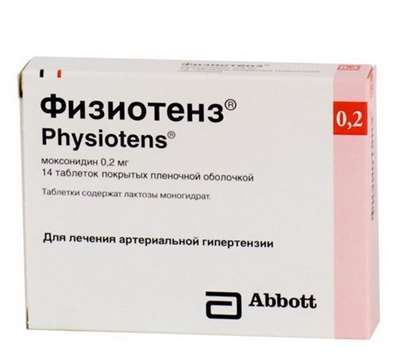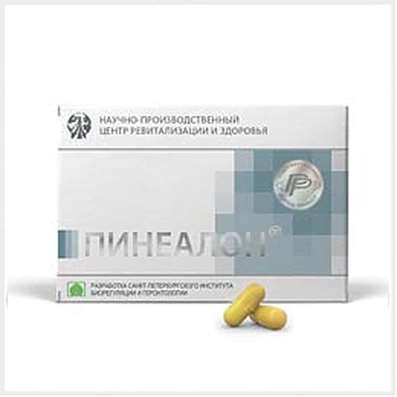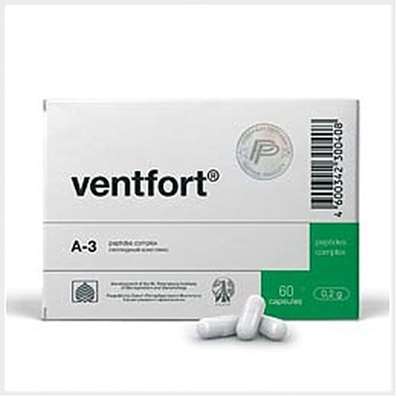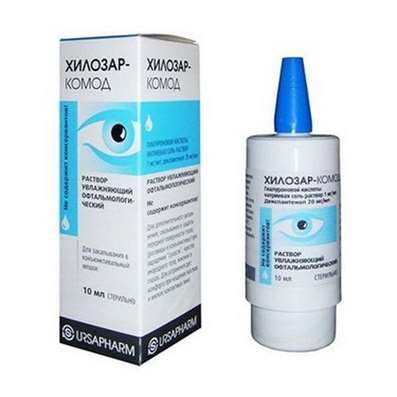Instruction for use: Sandostatin
I want this, give me price
ATX Code H01CB02 Octreotide
Active substance: Octreotide
Pharmacological group
Hormones of the hypothalamus, pituitary gland, gonadotropins and their antagonists
Antineoplastic hormonal agents and hormone antagonists
Nosological classification (ICD-10)
E22 Hyperfunction of the pituitary gland
Dysfunction of growth hormone secretion, Hyper secretion of the anterior lobe of the pituitary gland
E22.0 Acromegaly and pituitary gigantism
Pituitary gigantism, Acromegaly, Dysfunction of growth hormone secretion
K31 Other diseases of the stomach and duodenum
Stress damage to the mucosa, Discomfort in the stomach
K92.2 Gastro-intestinal bleeding, unspecified
Gastric and intestinal bleeding, Acute bleeding from the upper gastrointestinal tract, gastrorrhagia, Gastrointestinal bleeding, Intraoperative abdominal bleeding, enterorrhagia, Bleeding in the upper digestive tract, Gastrointestinal bleeding, Bleeding from the upper gastrointestinal tract, Bleeding from the gastrointestinal tract, Intraoperative bleeding abdominal, Recurrent bleeding in the digestive tract, Diagnosis of bleeding from the small intestine, peptic ulcer bleeding, Mallory-Weiss syndrome, Recurrent bleeding from peptic ulcers, Bleeding stomach
Composition and form of release
1 ampoule with 1 ml solution for injection contains octreotide (as free peptide) 0.05, 0.1 or 0.5 mg; In the package 5 pcs.
pharmachologic effect
The pharmacological action is somatostatin-like.
Suppresses the increased secretion of growth hormone, as well as the release of peptides and serotonin produced in the gastroenteropancreatic endocrine system.
Indications
Acromegaly (with ineffectiveness or inability to perform surgical treatment, radiation therapy, or treatment with dopamine agonists); Endocrine tumors of gastroenteropancreatic system (relief of symptoms of carcinoid tumors with signs of carcinoid syndrome, tumors characterized by hyperproduction of vasoactive intestinal peptide); Glucagonomes; Gastrinomas (Zollinger-Ellison syndrome), insulomas, VIPoma; Tumors characterized by hyperproduction of somatoliberin; Refractory diarrhea in AIDS patients; Operations on the pancreas (prevention of complications); Bleeding (including relapse prevention) with varicose veins of the esophagus and stomach in patients with cirrhosis (urgent treatment).
Contraindications
Hypersensitivity.
pregnancy and lactation
Care must be taken.
Side effects
Nausea, vomiting, anorexia, abdominal cramps, bloating, flatulence, loose stools, diarrhea and steatorrhea, symptoms of acute intestinal obstruction (progressive bloating, severe epigastric pain, tenderness and abdominal wall tension during palpation); Impaired liver function; The formation of gallstones (with prolonged use), acute pancreatitis, violation of post-glucose tolerance to glucose, hyperglycemia, hypoglycemia, hair loss. At the injection site - pain, itching or burning sensation, redness and swelling.
Interaction
Slows the absorption of cimetidine, cyclosporine.
Dosing and Administration
With acromegaly and tumors of the gastroenteropancreatic system, SC - 0.05-1 mg 1-2 times a day, if necessary, the dose can be gradually increased to 0.1-0.2 mg 3 times a day; Refractory diarrhea in AIDS, SC - 0.1 mg 3 times a day, it is possible to gradually increase the dose to 0.25 mg 3 times a day. In order to prevent complications after surgery on the pancreas, the first dose of 0.1 mg is injected w / c 1 hour before laparotomy; Then after the operation, SC - 0.1 mg 3 times a day for seven consecutive days. To stop bleeding from the varicose veins of the esophagus or stomach, 25 μg / h are administered by continuous intravenous infusion for 5 days.
Precautionary measures
The drug solution should be at room temperature. In the treatment of gastroenteropancreatic endocrine tumors, a sudden relapse of symptoms may occur in rare cases. In patients with insulinomas, treatment may increase the severity and duration of hypoglycemia. Significant fluctuations in the concentration of glucose in the blood can be reduced by more frequent administration of smaller doses. In patients receiving insulin, the need for it may decrease. With bleeding from varicose veins of the esophagus in patients with cirrhosis, the risk of developing insulin-dependent diabetes increases or the need for insulin changes with the existing diabetes, so a systematic control of the concentration of glucose in the blood is necessary.
storage Conditions
In the dark place at a temperature of 2-8 ° C.
Keep out of the reach of children.
Shelf life
5 years.
Do not use after the expiry date printed on the package.

 Cart
Cart





